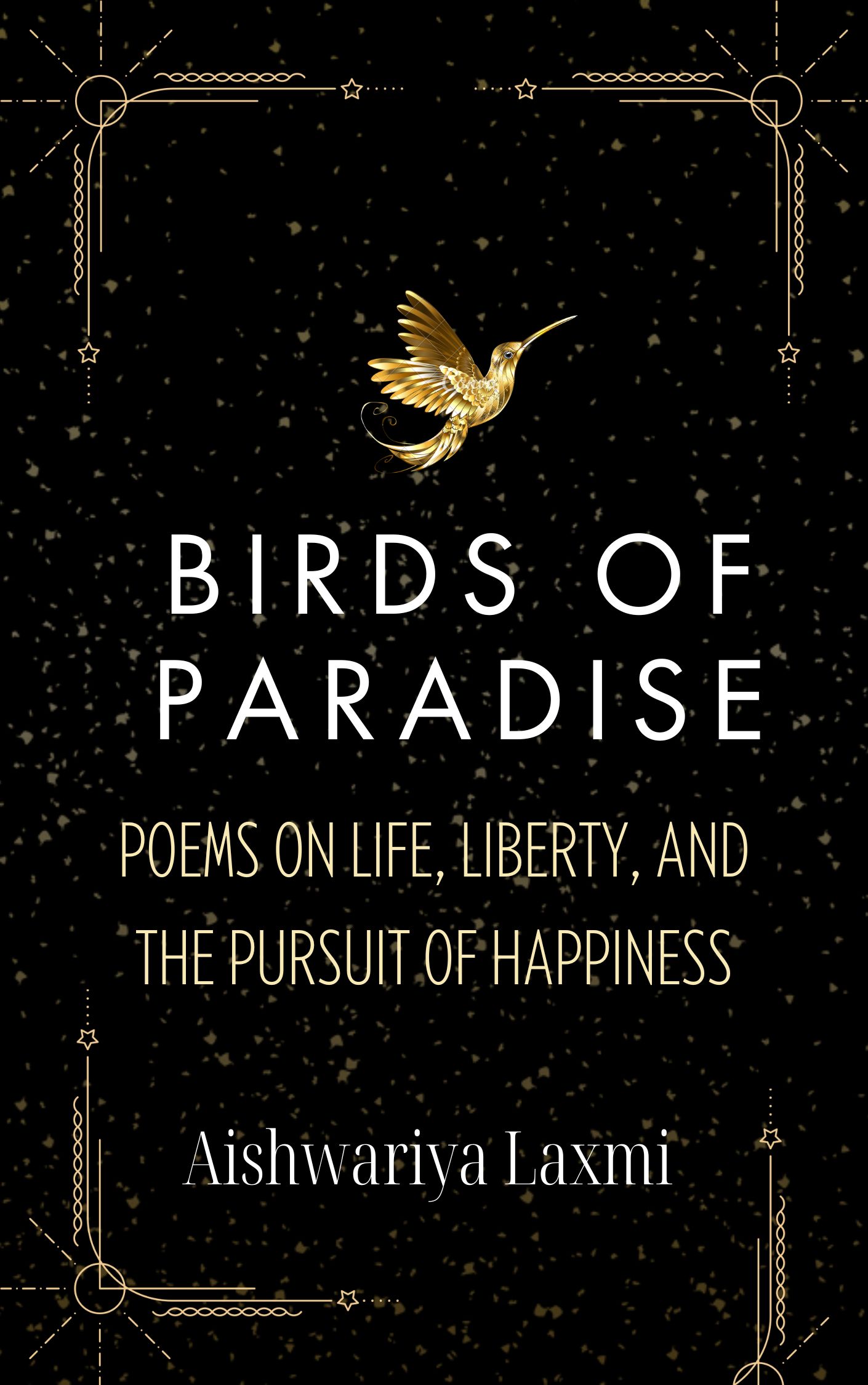Review by K.S.Loganathan, my dad.
Malice, Keigo Higashino, Translated from Japanese by A.O. Smith, Abacno, 2014
Keigo Higashino is an engineer and writer best known for his thriller ‘The Devotion of Suspect X,’ which has sold over two million copies in Japan and has been made into a cult film. Originally published in Japanese as Akui in 1996, Malice has been translated and published recently in English.
Malice begins with the murder of Kunihiko Hidaka, a popular novelist, in a locked room within his locked house. His last two visitors have solid alibis, and one of them has a strong reason to remove him. But the novel is not a ‘locked-room mystery’.
The story is told through written first-hand accounts of two persons – Osamu Nonuguchi, the author’s friend and a suspect, and detective Kyoichoro Kaga, who solves the crime. The plot meanders through with middle-school bullying and rape, pet poisoning, adultery, blackmail, plagiarism, evidence tampering and reparations of wrongs – all thrown in, some as red herrings.
Detective Kaga doggedly pursues what Hercule Poirot( Agatha Christie’s ‘Murder in Mesopotamia’) calls ‘a journey into the past. A journey into the strange places of the human soul.’ Like Poirot, Kaga is not satisfied with ‘a solution that fitted the outer facts but did not satisfy the psychological requirements. The psychological aspect, in this case, is Malice, the dark side of human emotion, manifested in its willingness to destroy so that nothing is left.
There is a twist, and a counter twist in the story, much like a tire cord is made.

My views:
The story is set in the polaroid/facsimile machine age and millennials brought up in an electronic surveillance era could find the detective’s hard-boiled field methods of verification outdated.
It deals with malice, a trait often overlooked. In popular fiction, the authors and readers look for a feel-good ending and an easy resolution to the conflicts that arise in the story, which is difficult with malice as a subject.
I think that the author’s reliance on the first-person narrative as a means of communication leaves the characters somewhat lacking in depth, insight, and purpose. Nevertheless, the story is a perceptive and telling comment on the human condition. Fans of the Japanese historic and literary tradition of raw emotion and stories of an attachment to the past that usually ends unhappily will find this novel interesting.











